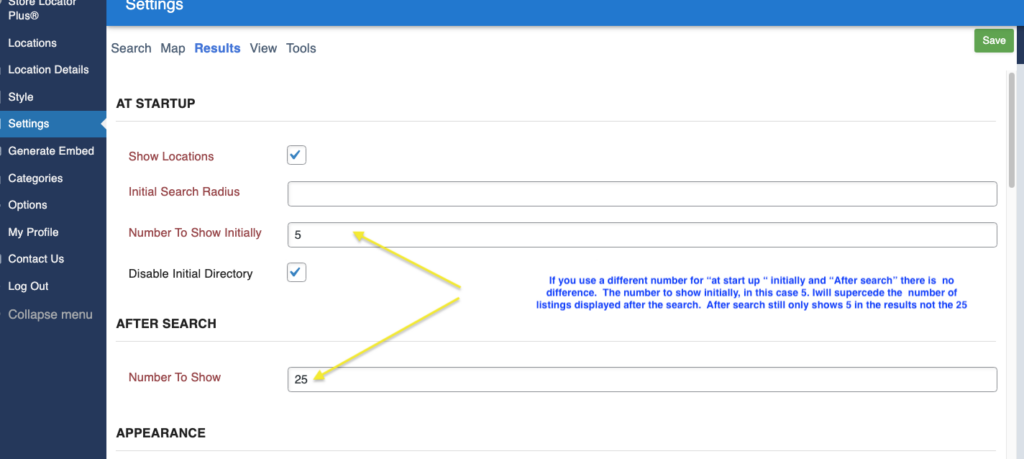The issue was in Dashboard where the AJAX mode was being forced to ‘load’ (initial look) all the time and ignoring the search mode.
Also SLP was flipping logic of search and load limits with search pulling the initial limit and load pulling the after search limit.
Resolved in Dashboard 2303.05.01 and SLP 2303.05.01
Concur > Cici
Customer Report from (cvtsoft : 834.832)
